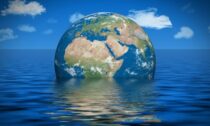
Two months ago the Sea Save Foundation delegation participated in the United Nation’s Ocean Conference – Sustainable Development Goal #14. Delegate after delegate took the podium and passionately expressed their nations’ support for the protection and the conservation of oceans.
Scientists are concerned that the failure to protect open oceans will spell disaster not only for marine species, island communities and fisheries but for the entire planet.
Climate Change, the effects of which we are seeing daily in news headlines, is largely buffered by oceans. Ocean decline will cause a domino-like effect on the climate of our planet.
The United Nations has tried to pass the High Oceans treaty four times before, and this fifth-time failure to reach consensus was unexpected by most and is ...
Read More

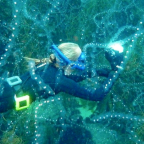

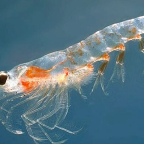

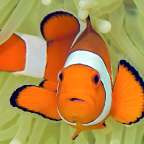
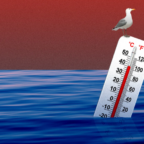
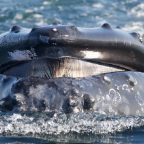
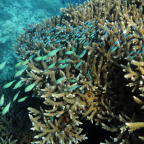

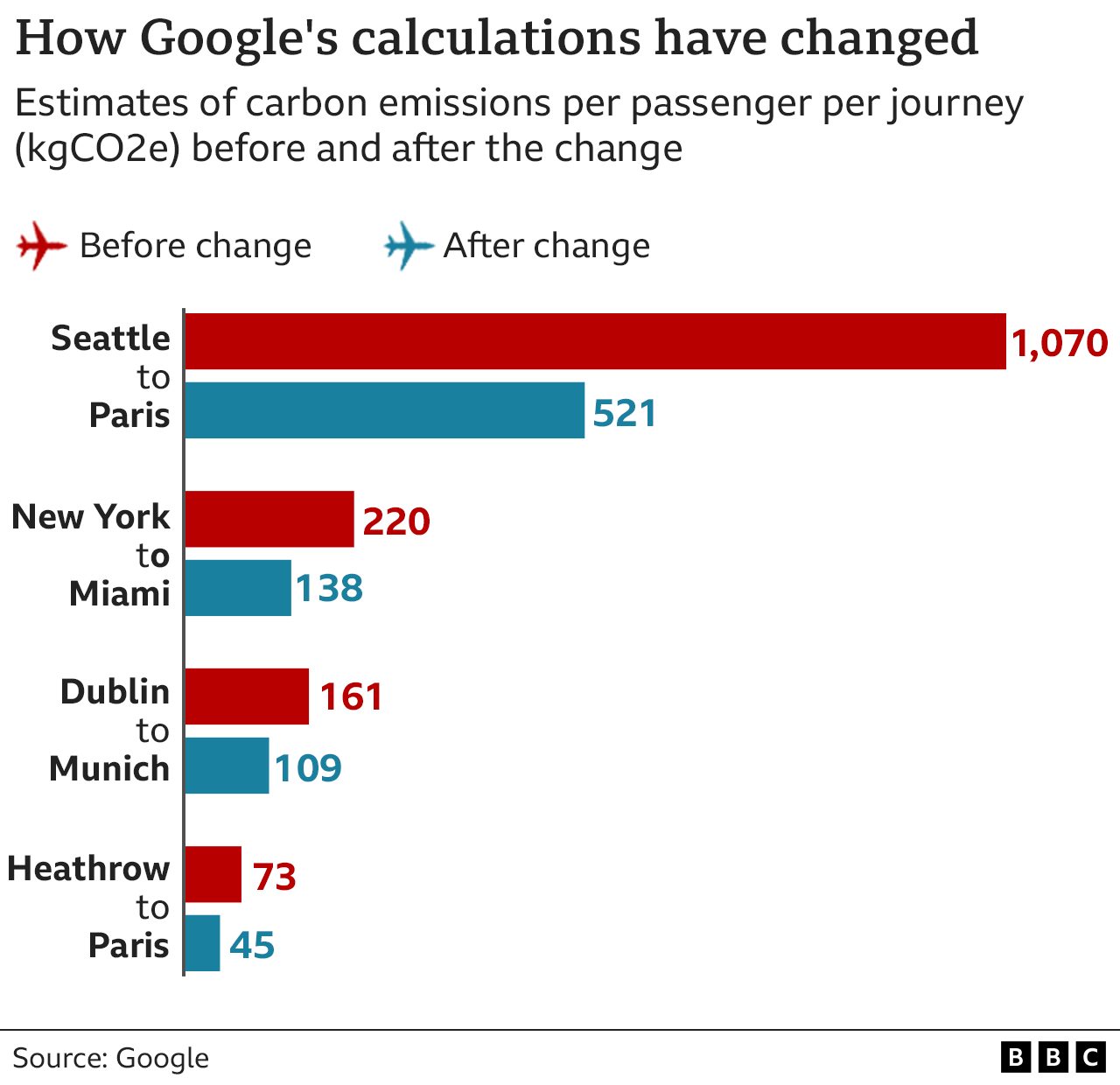
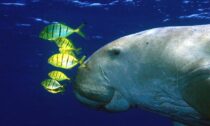

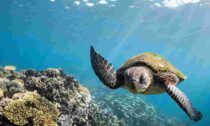
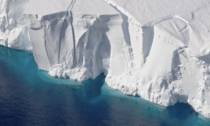
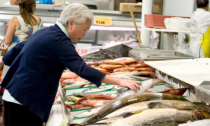
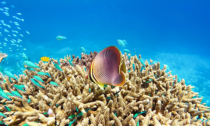

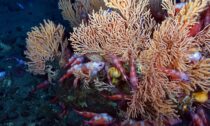
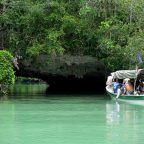
Social Profiles